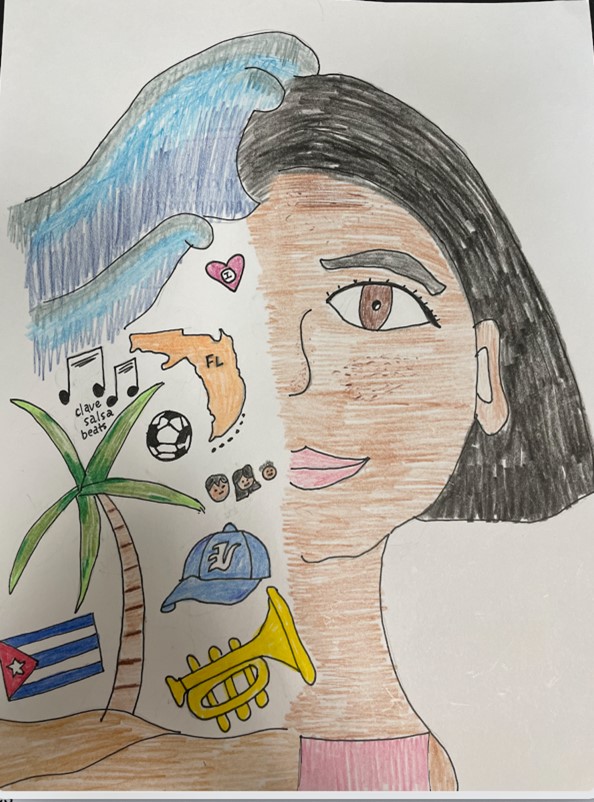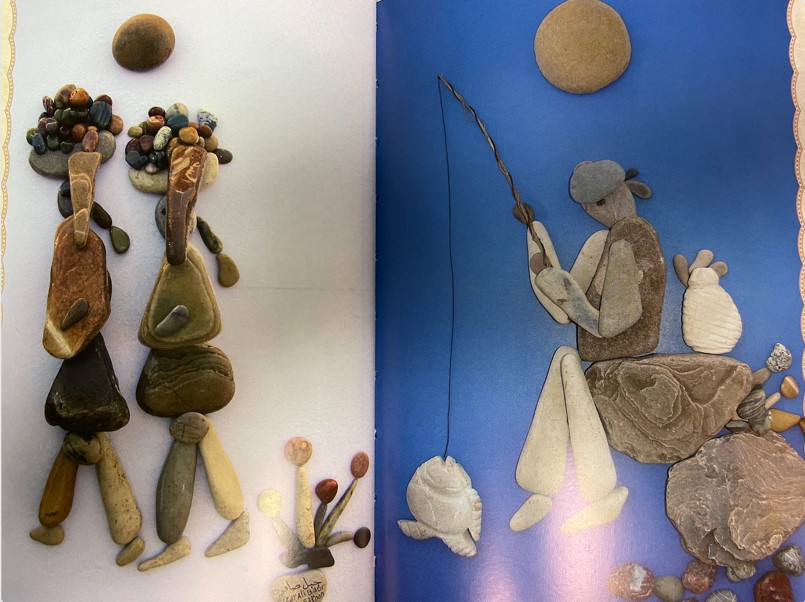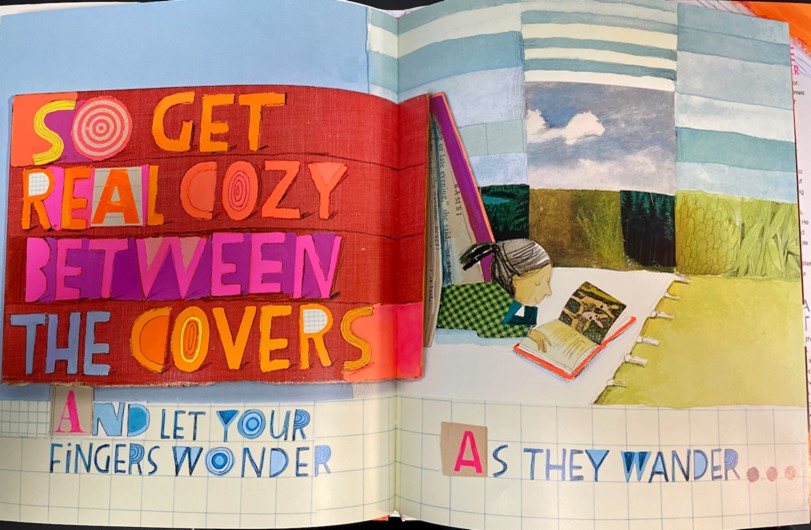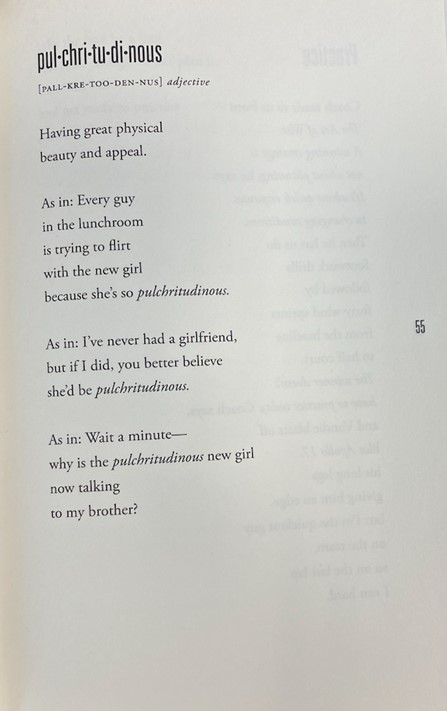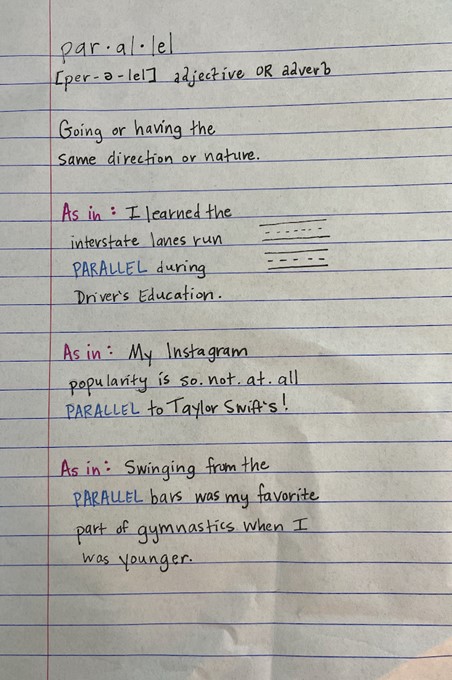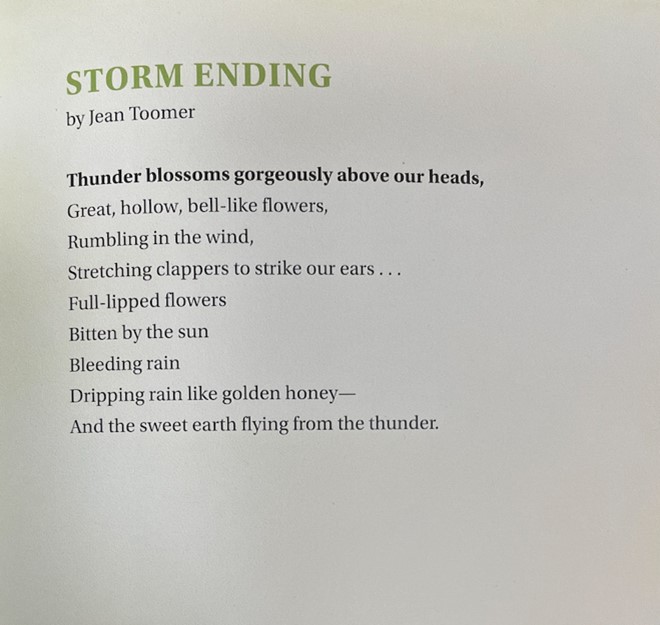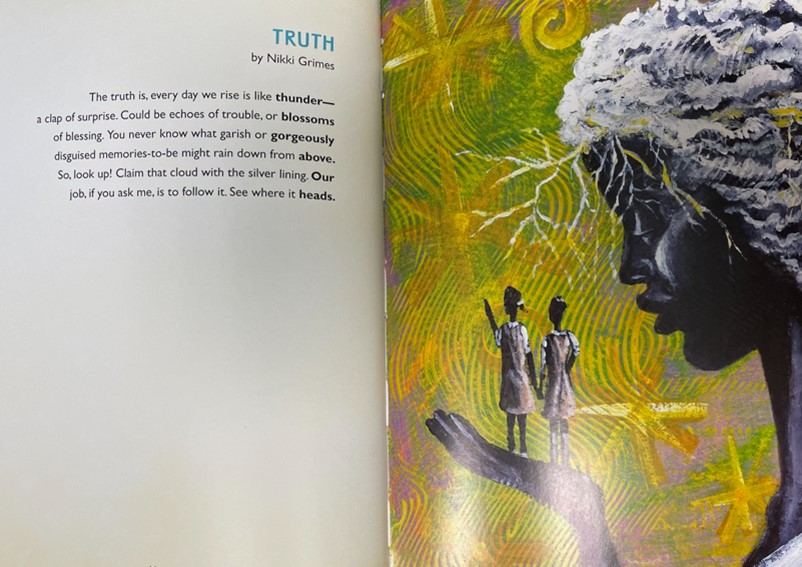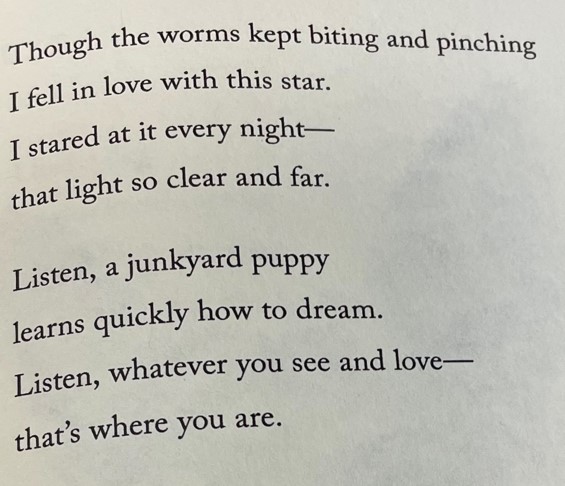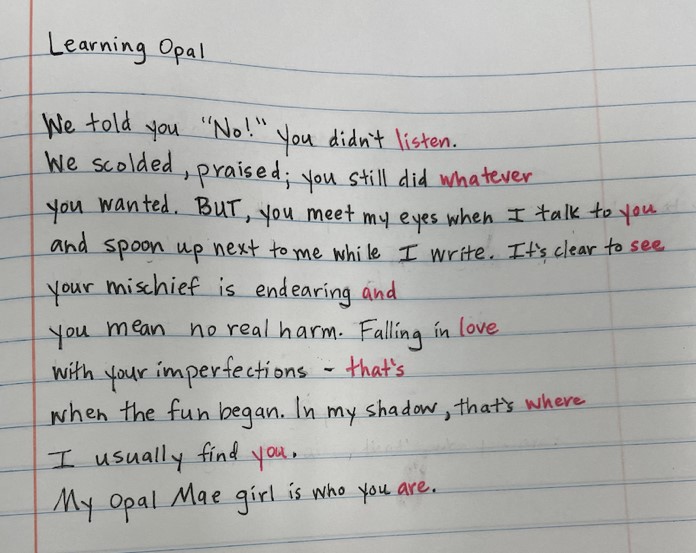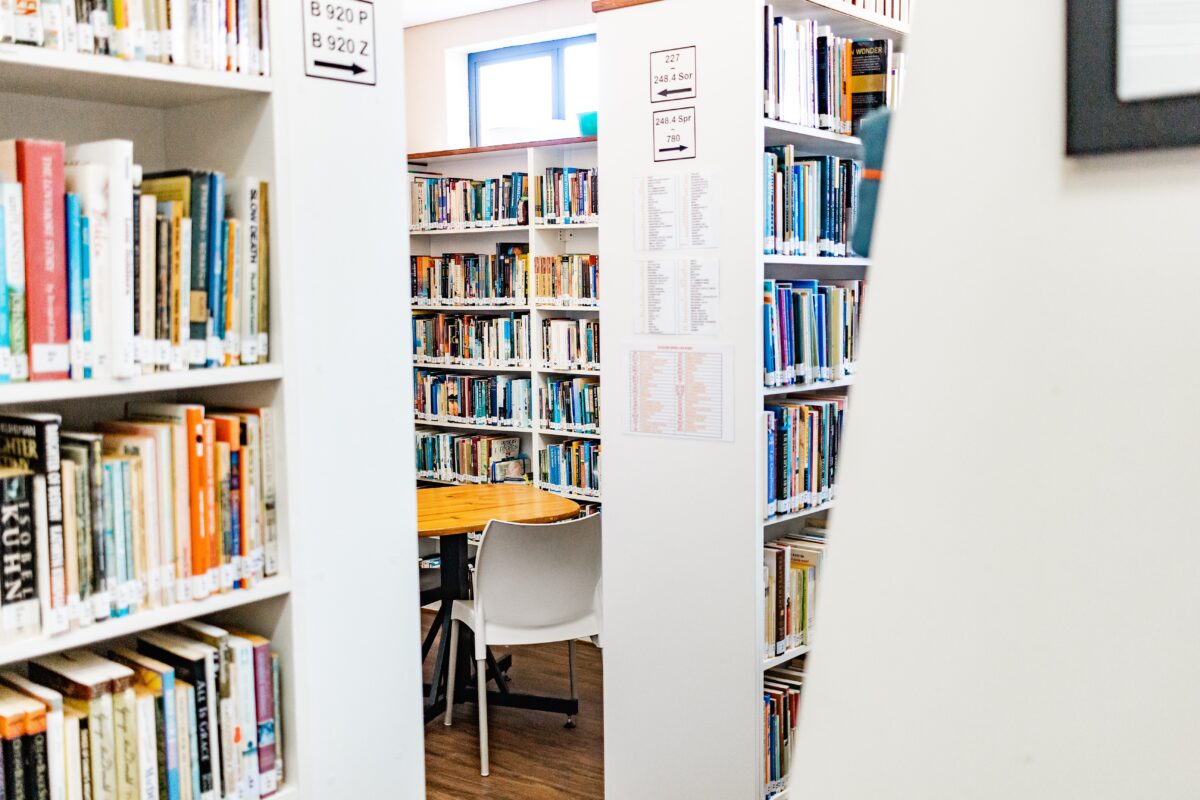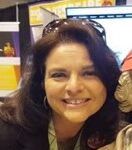We welcome Ian O’Byrne as we open our blog and webinar theme: Artificial Intelligence. Please read more about Ian at the end of the blog.
Educators are currently struggling with a significant decision: Should AI be integrated into the writing process? Some worry that it could impede students’ writing skills. This leads to an important question: Have American schools ever been successful in teaching writing? When was writing education at its best? Where is it now? As educators, how can we strike the right balance?
There is no easy answer to these questions. The history of writing education in America is long and complex, and there have been many different approaches to teaching writing over the years. Schools now stand at a crossroads as AI-powered writing tools gain popularity. These technologies promise to enhance instruction and feedback but also raise concerns about over-reliance. To make sense of this balance, let’s first look at what exactly AI is.
What is Generative AI?
The intelligence of computers or software, as opposed to the intellect of people or animals, is known as artificial intelligence (AI). It is a branch of computer science that creates and investigates intelligent machines. Uses of artificial intelligence in the form of an agent, bot, or tool are generally labeled as AI. In the last year, we’ve seen an influx of AI in our lives as ChatGPT exploded on the scene. A far better way to view these tools is to refer to them as Generative AI and not simply as AI or ChatGPT.
Generative AI refers to advanced artificial intelligence systems that can generate new content on their own rather than just responding to user prompts. Models like GPT-3 (ChatGPT) can write entire essays, stories, and code after being trained on vast datasets. This means they may soon be capable of assisting students and teachers with writing tasks like brainstorming ideas, translating rough drafts into more polished work, answering content questions, and even providing feedback.
However, generative AI also raises challenges. Teachers will need to focus on developing original thinking skills rather than knowledge recall, and concerns around plagiarism, creativity, and voice must be addressed. When used judiciously, generative writing tools could enhance instruction and revision. But ultimately, writing education should emphasize the uniquely human aspects of imagination, analysis, and persuasive communication that AI cannot replicate.
What about writing instruction?
The history of writing education in America is a mixed bag. Some of the earliest writing instruction in America took place in one-room schoolhouses, where students were taught the basics of grammar and spelling. Teaching pupils to write included teaching them how to form letters, spell words, and have readable, if not exquisite, handwriting. Writing instruction in American schools began in the late 1800s as colleges started requiring admissions essays. This mostly focused on preparing an elite group of males with a formulaic, five-paragraph structure that developed basic literacy but limited creativity.
Students were required to master the five-paragraph essay, but this method sometimes stifled originality and expression. While it did instill basic writing skills, it may not have nurtured a deep love for writing. Some shifts came in the 1960s and 1970s as the process approach emerged, emphasizing planning, drafting, revising, etc. The National Writing Project (NWP) raised awareness about the ways that writing changes throughout a person’s life, the impact of a range of school and non-school experiences on writing, and the interactions between writing in school and these lived experiences.
Throughout the 20th century, writing instruction continued to follow a rigid, formulaic approach, emphasizing grammar and structure over creativity and critical thinking. Some of this focus on the importance of grammar and mechanics in writing instruction was due in part to the rise of standardized testing, which required students to demonstrate their mastery of these skills. Students were inundated with topic sentences, transitional phrases, and conclusion restatements in the omnipresent five-paragraph essay. Although this method guaranteed a basic level of literacy, creativity and enthusiasm were frequently sacrificed.
In recent years, the tide seems to have turned in favor of more innovation, voice, and freedom of expression. There has been a growing movement to move away from traditional grammar-based approaches to writing instruction and to focus more on helping students develop their critical thinking and problem-solving skills. Current best practices involve process-based instruction tailored to students’ needs and interests. Assignments also incorporate more authentic, real-world writing purposes and audiences.
Yet, with this varied history in the focus, goals, and implementation of writing instruction, the teaching of writing has not changed in many schools. Debates continue around balancing process approaches with quality outcomes. Standardized writing tests have been criticized for over-emphasizing grammar at the expense of actual writing skills. Researching writing development, including spelling patterns and the connections between writing, speaking, and reading, is a constant challenge. Other ongoing issues include managing teachers’ heavy workloads, integrating technology for composition and collaboration, and closing achievement gaps for minority students. Simultaneously, some educators find it difficult to strike a balance between grammar and real-world communication possibilities.
Writing Education and Generative AI
Generative AI tools hold great promise, but they also pose risks. Over-scaffolded writing assignments might fail to teach core composition skills. Targeted AI feedback could improve self-editing and reworking while maintaining the humanity of audience awareness and personal narrative. Students can receive immediate, personalized feedback thanks to technologies like AI co-writers, grammar and style checks, and predictive text. Students could become overly dependent on AI recommendations rather than developing their own voice and style. Essay scoring algorithms even mimic the evaluation procedure. Schools should prioritize balancing rather than seeing innovation as a substitute for efficient practice.
As educators and researchers, we need to better understand the appropriate role for writing technologies. How can AI augmentation best complement time-tested instructional methods? Which specific skills should remain the focus for teachers and students? Even with the help of intelligent recommendation systems, collaborative discourse and knowledge might still be developed through writing workshops and reading circles. Both tradition and technology have their place.
There is no one-size-fits-all approach to writing instruction, and the best approach for a particular student will depend on their individual needs. It is important to note that writing is a skill that takes time and practice to develop. Students will not become good writers overnight. However, with effective instruction, all students can learn to write well. There are some key principles that we can use to help guide future explorations of writing instruction and AI. These principles include:
- A focus on the writing process as opposed to product, from prewriting to revision
- Opportunities for students to write for a variety of purposes and audiences
- Feedback from teachers, peers, and other agents
- Numerous, varied chances for students to hone their writing abilities
As leaders in literacy, we have the chance to mentor the upcoming generation of authors. When writing instruction veered too much in the direction of either freedom or structure, it went awry. We can provide kids with the best of both worlds by ethically incorporating AI as a tool for improved results. Teaching the craft, generating ideas, finding one’s voice, and fostering a lifelong love of writing continue to be our guiding values. Technology can support this objective if used wisely. We can find the ideal equilibrium if we act carefully and wisely.






